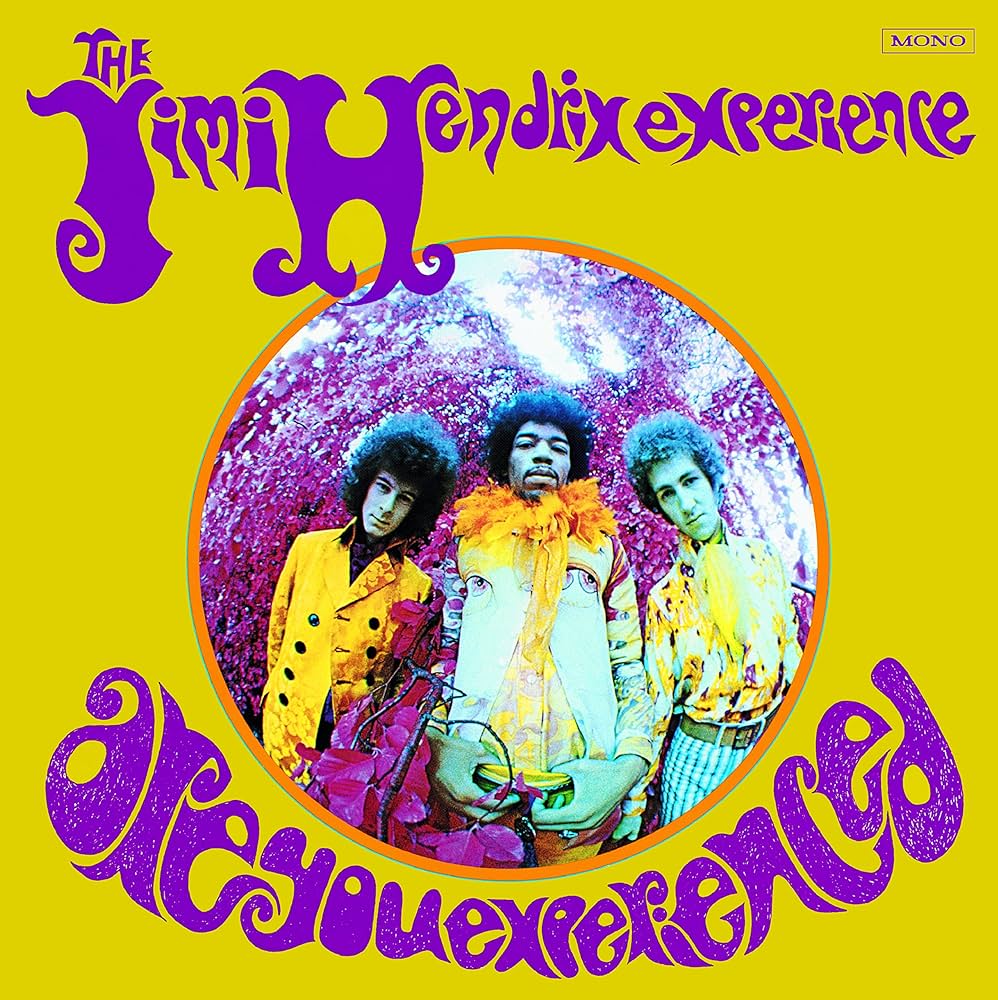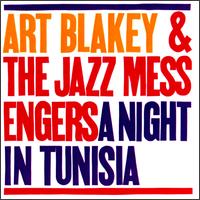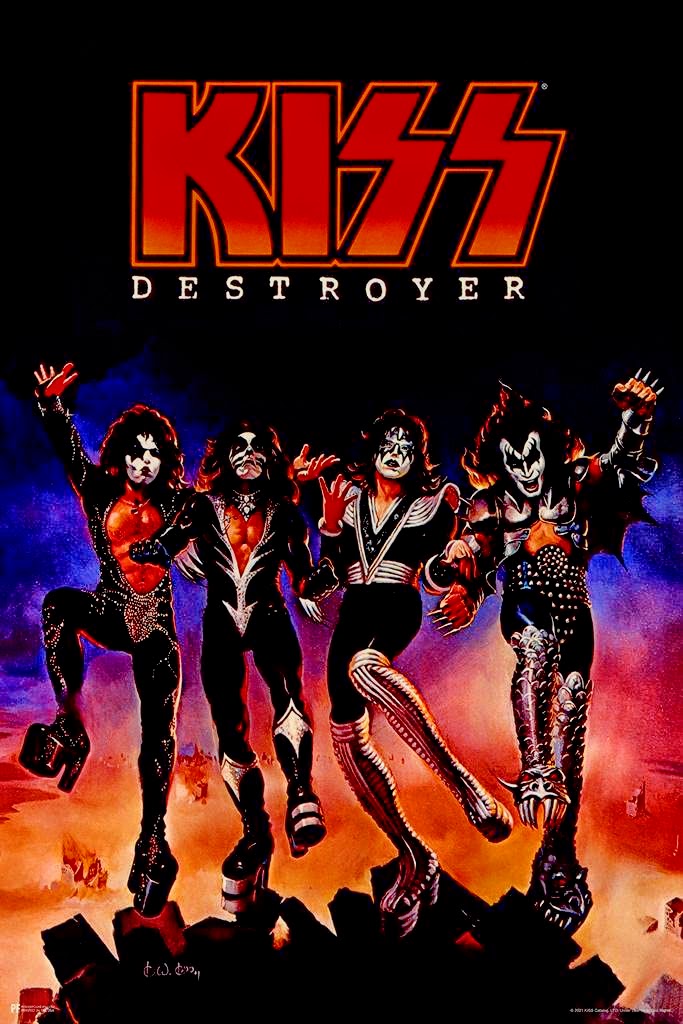In the year 1967, Music carved water out of the sky, with a little magic and a lot of guitar. The rock genre was sculpting a new name that was replete with commercial sound, a new form of expansive amplification called STEREO, and sound recording procedures that would make Beethoven lament in a corner of moonlight and sulk in shades of thunder. The innocence of the 1950’s was vanquished, and The Beatles and The Rolling Stones were taming the airwaves and regaling the teenagers at sold out shows and T.V. appearances almost daily. The guitar would become king of the instruments and there was one person who would forever change the way in which it would be played and understood: Jimi Hendrix. He is the most contentious of the guitar players, and for good reason. More than any other musician, Jimi Hendrix realized the full potential that an electric guitar could color and create; he utilized electronics and feedback and created art out of the side effects of electricity. While 1967 is a landmark year for most of the rock genre and its representatives, this is also the year of the birth of prehistoric guitar chords, tremolo bars, and charismatic studio modus operandi.
With the recording of this album, a massive preservation of imagination and science was underway, only no one observed it. Jimi Hendrix evolved the electric guitar into a symphony of sound and attitude that almost resembled a human person. With his magical and wrathful style of feedback control and delay, and his liturgical style of lyricism and arrangements, Hendrix sculpted rock music into a new order of discipline and showmanship that had not ever been witnessed. It was the dawn of sound and rock concerts that his music would be put to the test as well as preserve every test afterwards. It is not being superlative to entitle this work as a miracle; on the contrary, the divine power of Hendrix’s’ creativity stemmed from his deep commitment to fantasy, emotion, propinquity, and legislated exaggeration.
The genesis of the investiture is ‘Purple Haze’; it is here that Hendrix blasts us in the face with firecracker chords and vexed guitar passion that rally around ambiguous lyrics. Slowing things down a bit, he introduces us to ‘The Wind Cries Mary’, a ghostly arrangement of sadness and contention. It is also to be suggested that Hendrix, through his performance of lyrical harmonics of language, has performed a poetical image of his struggles with personal issues at the time of this recording, although one cannot suggest the seriousness of any unique situation in his life. Consider this ripe example:
‘After all the jacks are in their boxes
And the clowns have all gone to bed
You can hear happiness staggering on
Down the street footprints dressed in red.’
In another track, Hendrix and his bandmates, bassist Noel Redding, and drummer Mitch Mitchell, give an impressive performance of unity and conjunction with a song entitled ‘Fire’. In this performance, fans will adapt to an appreciation of a three-band conformance. The Monet-like guitar innuendo and crispy cymbals and bloated bass fuzz will be a powerhouse hit with guitar worshippers and gypsy concert goers. But going through this maze of sound and lyric, the song that grabs most of my attention is the fantasy-backed song ‘Third Stone from the Sun’, a kaleidoscopic fantasy dancing on guitar strings and melodic waves of cosmological animation. It is here that Jimi Hendrix will introduce just how important his imagination and guitar skills will become throughout his entire, short career. His passionate interest in science fiction and guitar feedback will collide on a scale of unprecedented ingenuity. The cosmic sounds of spaceships and alien voices will give amplified instruments and studio recording makeshifts a remarkable place on the throne of the rock and acid genres of the 1960’s. The orchestration and resplendency of this song will also give rise to the popular sounds of distortion and cry baby-wah guitar effects that Hendrix would boldly polish until his untimely death.
Are You Experienced is a virgin odyssey of guitar experimentation and uncertainty. Indeed, many critics disdain this work with poor and distorted sound engineering and distasteful lyric composition. I believe this contention to be a thorough mischaracterization of Hendrix’s work. The experiment has worked; the album has passed the test of time. Imagination, Science, Fantasy, Spiritualism, Feedback, Tremolo Bar use, and Passion resonate with equal importance on each arrangement of composition. The Jimi Hendrix Experience will not cast a more magical spell than this in their time in the 60’s. To obtain a healthy and satisfying understanding of guitar virtuosity and showmanship through composing and various instrumentations, this album is mandatory for all courses of musical study and theory. Thus, this album should have been called the Jimi Hendrix Experiment. That’s what it was and still is. The experiment is eternal, just like Jimi himself.

© 2024, Mark Grago. All rights reserved.




